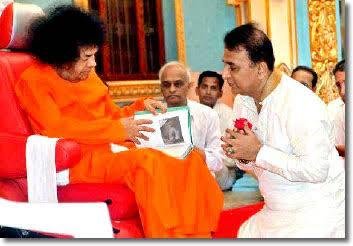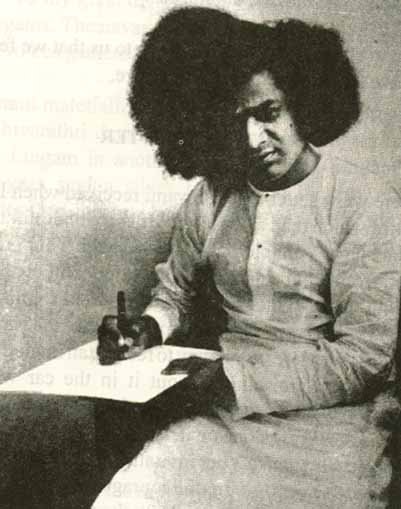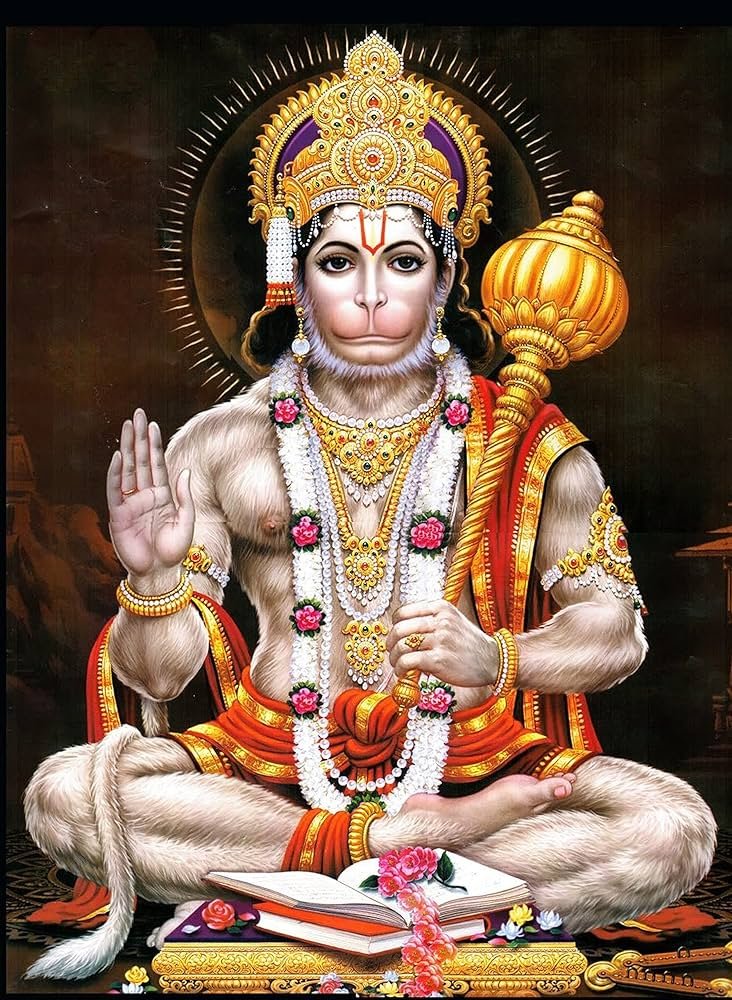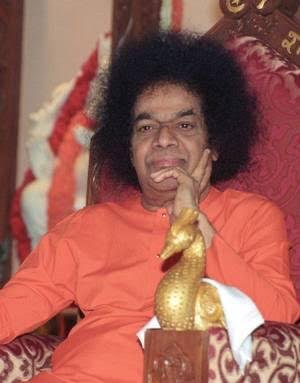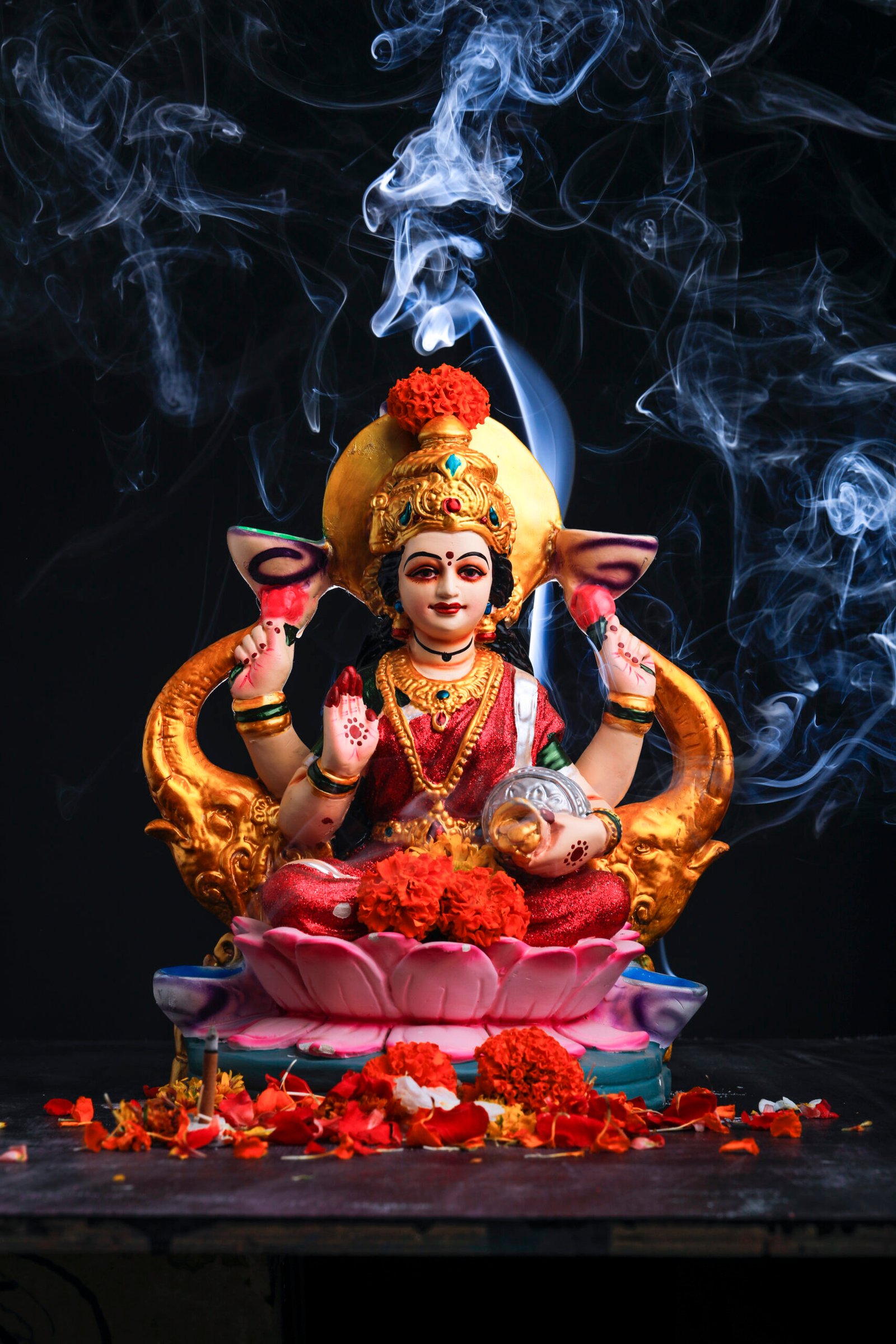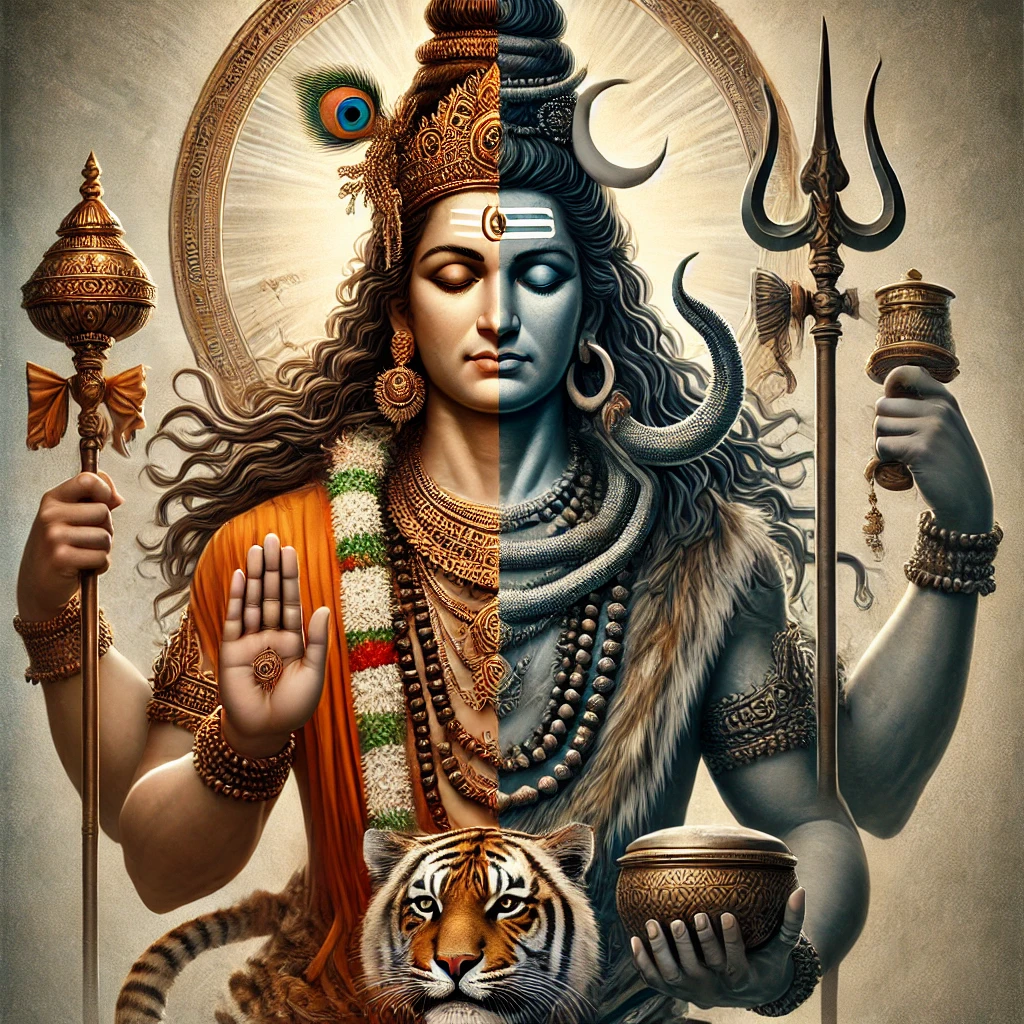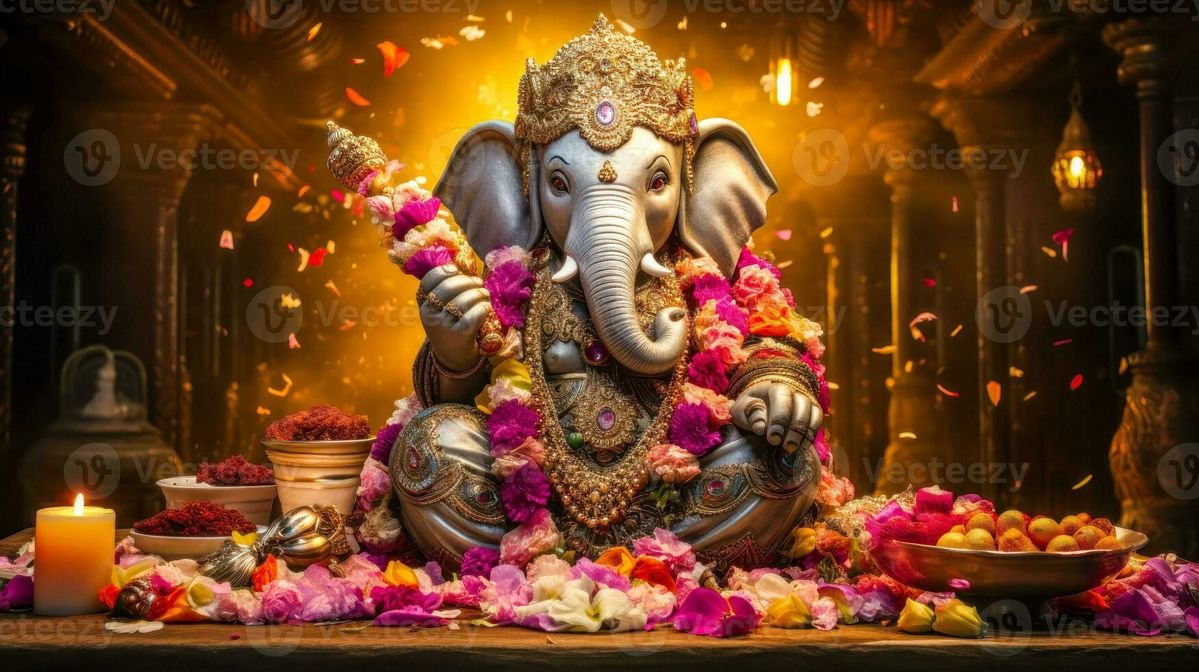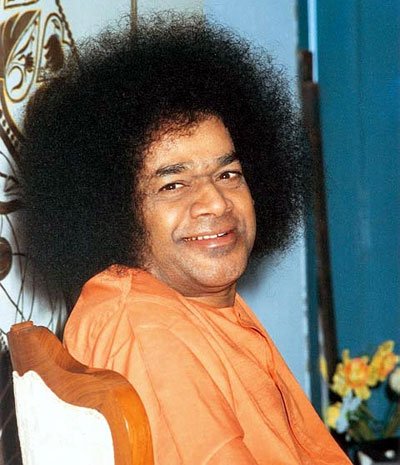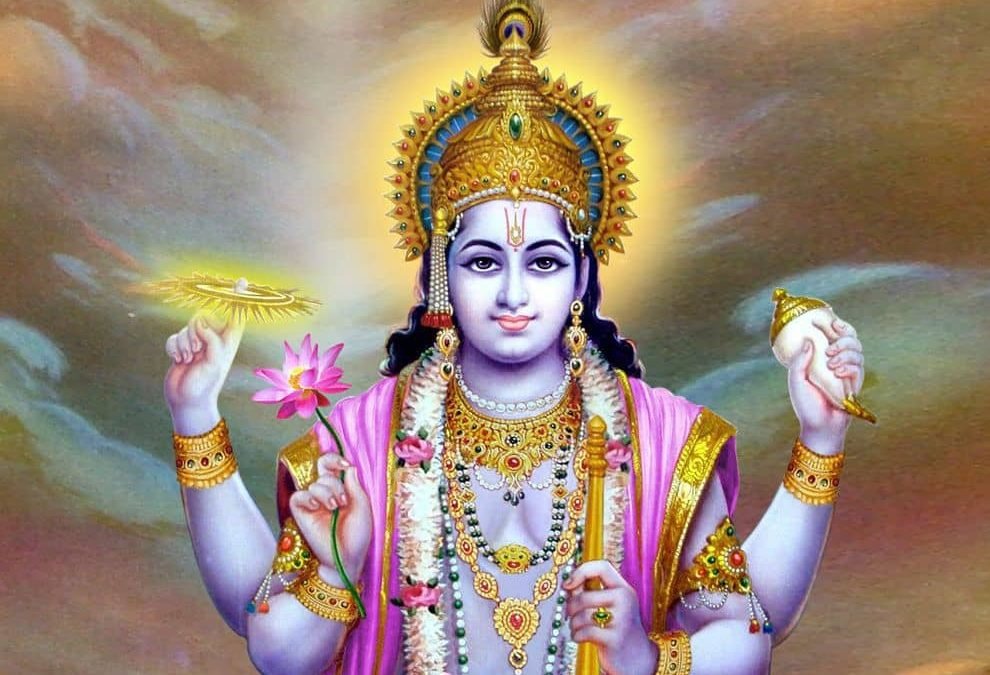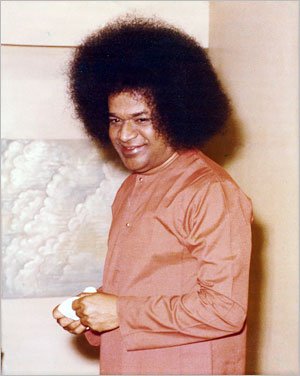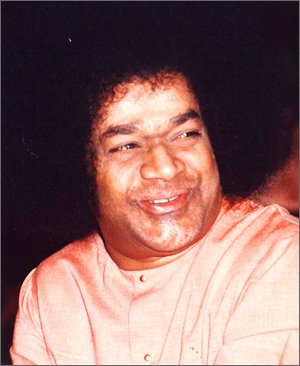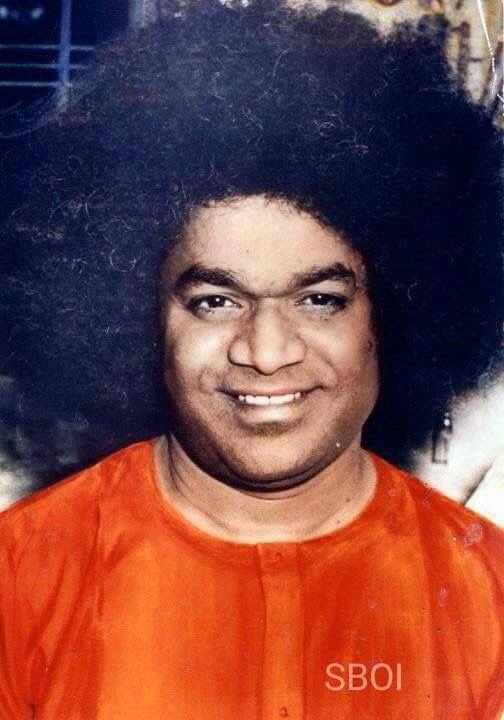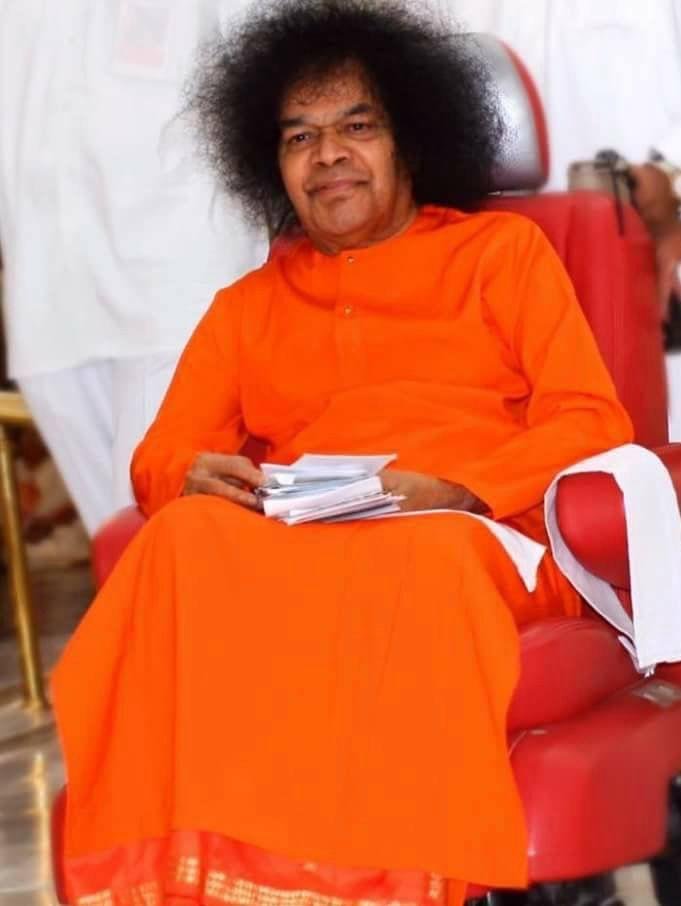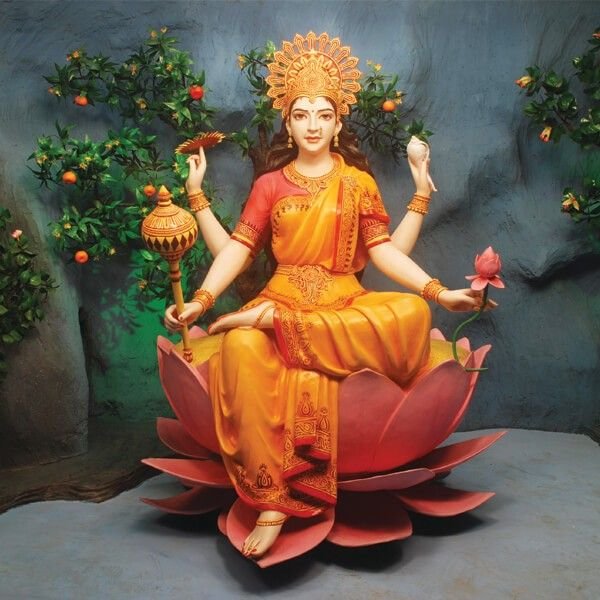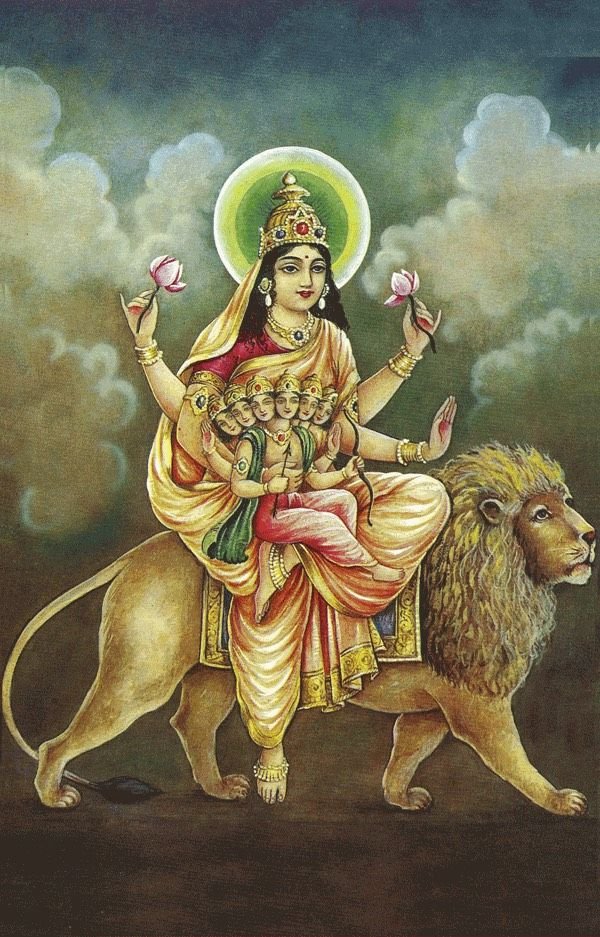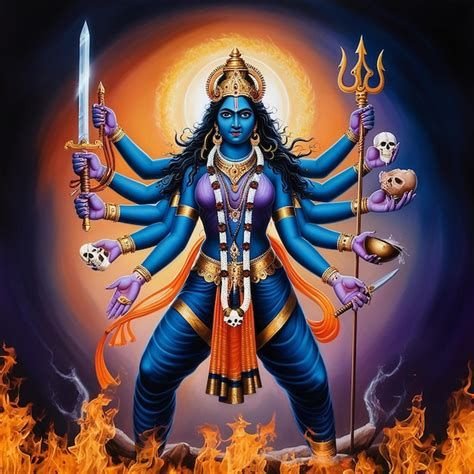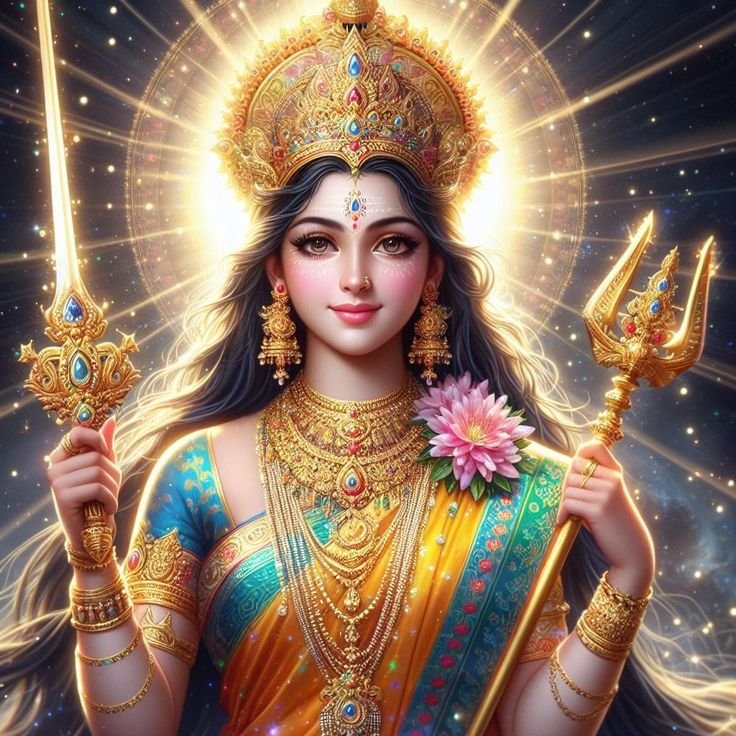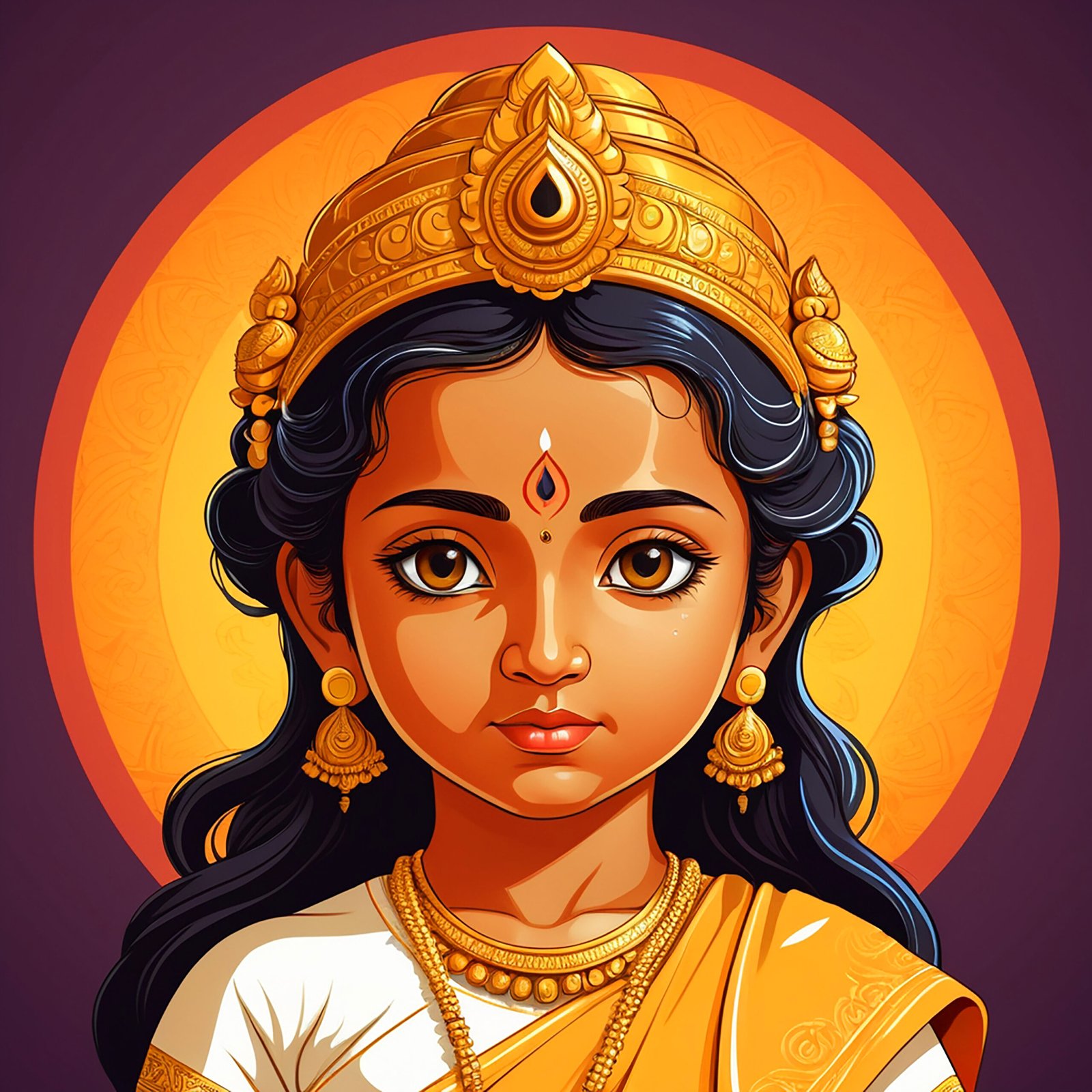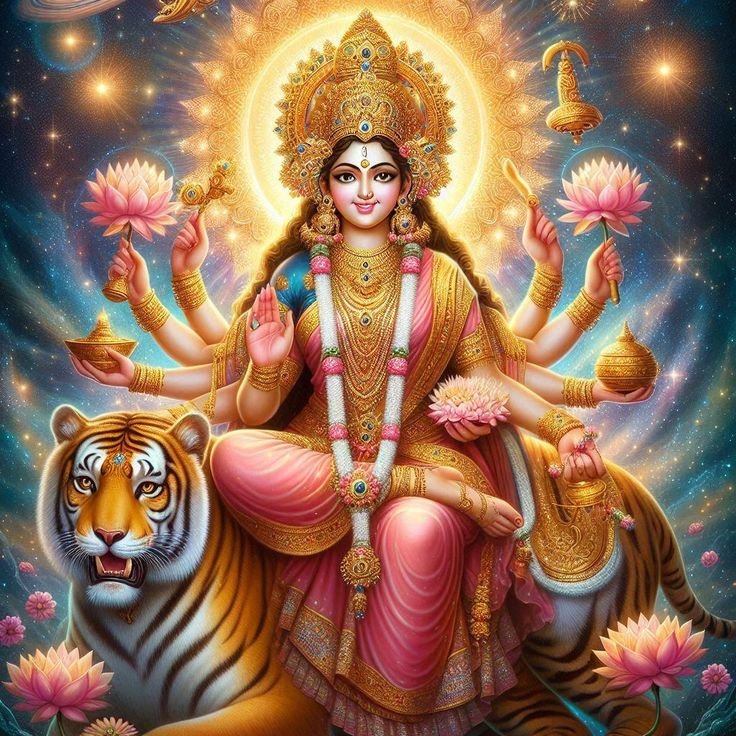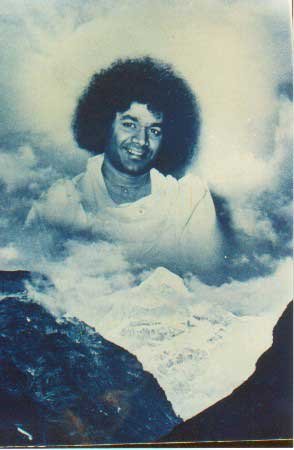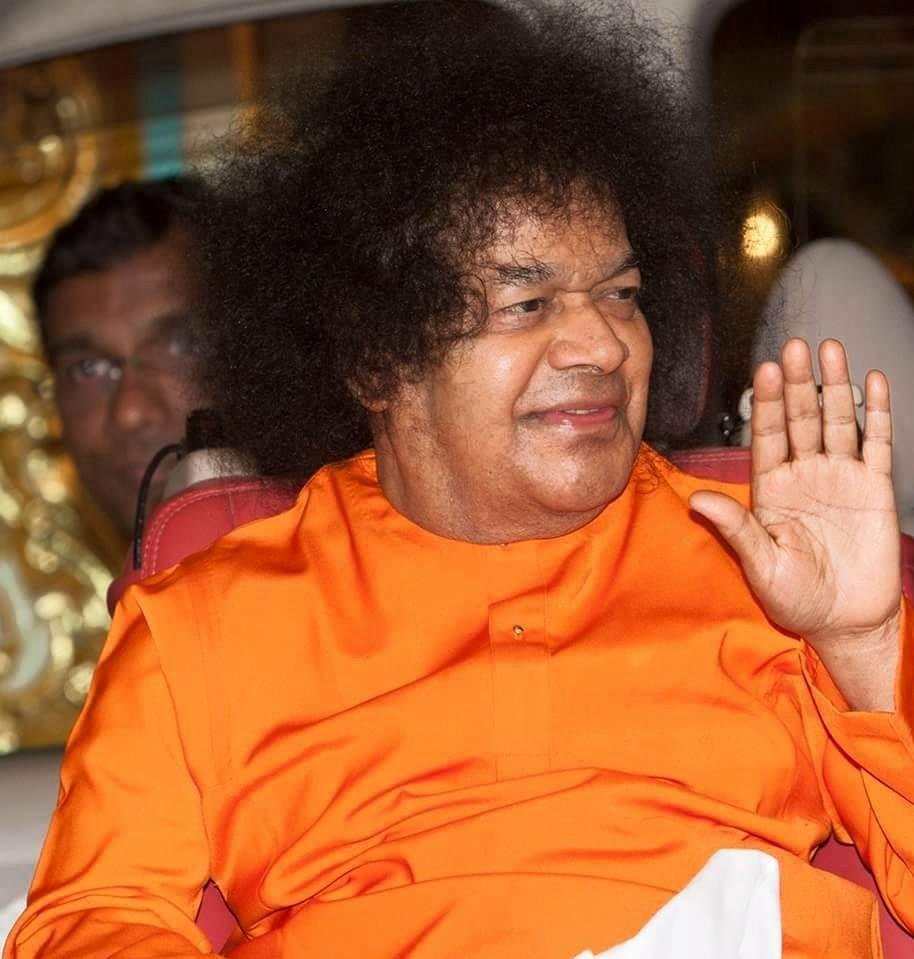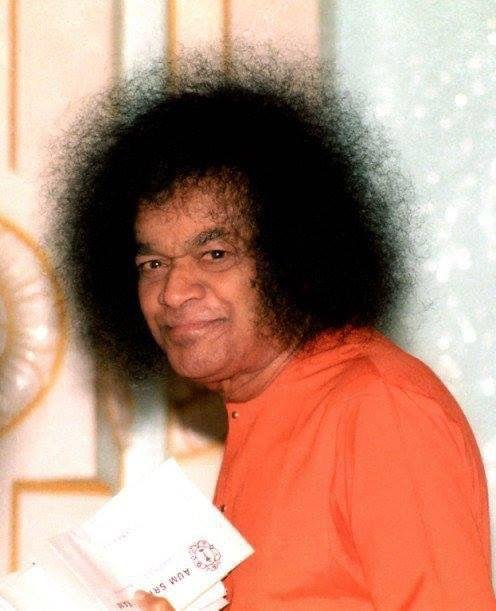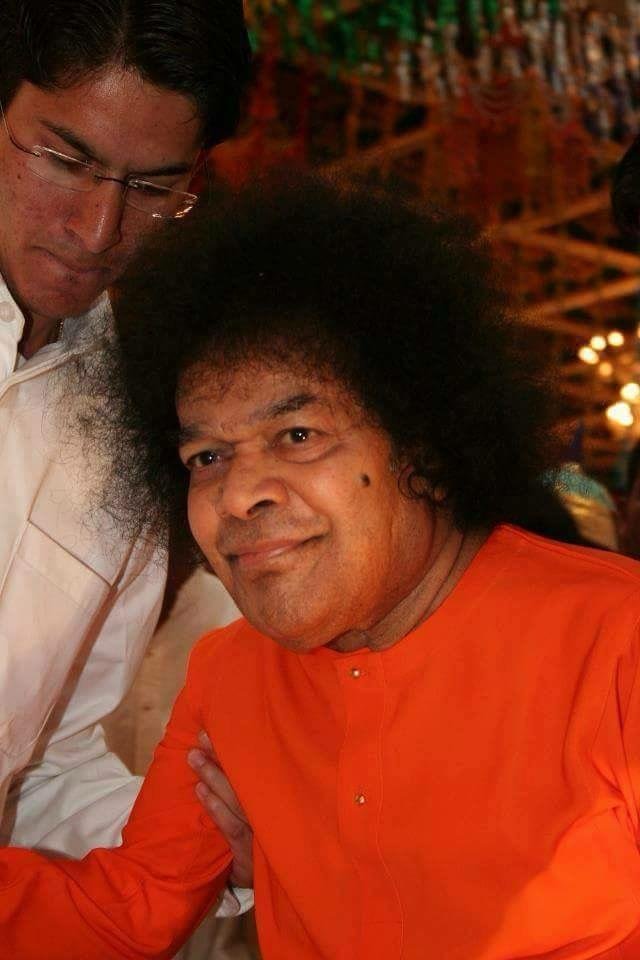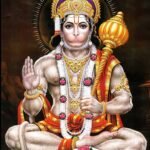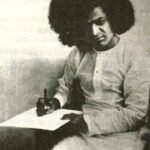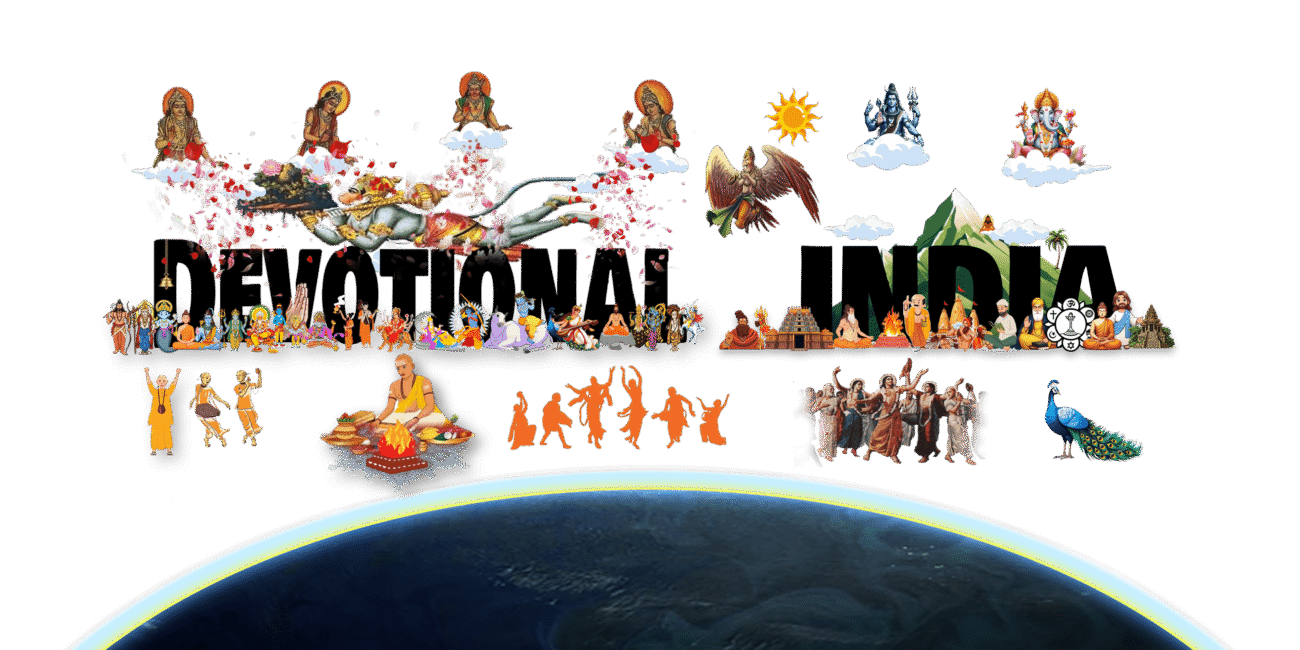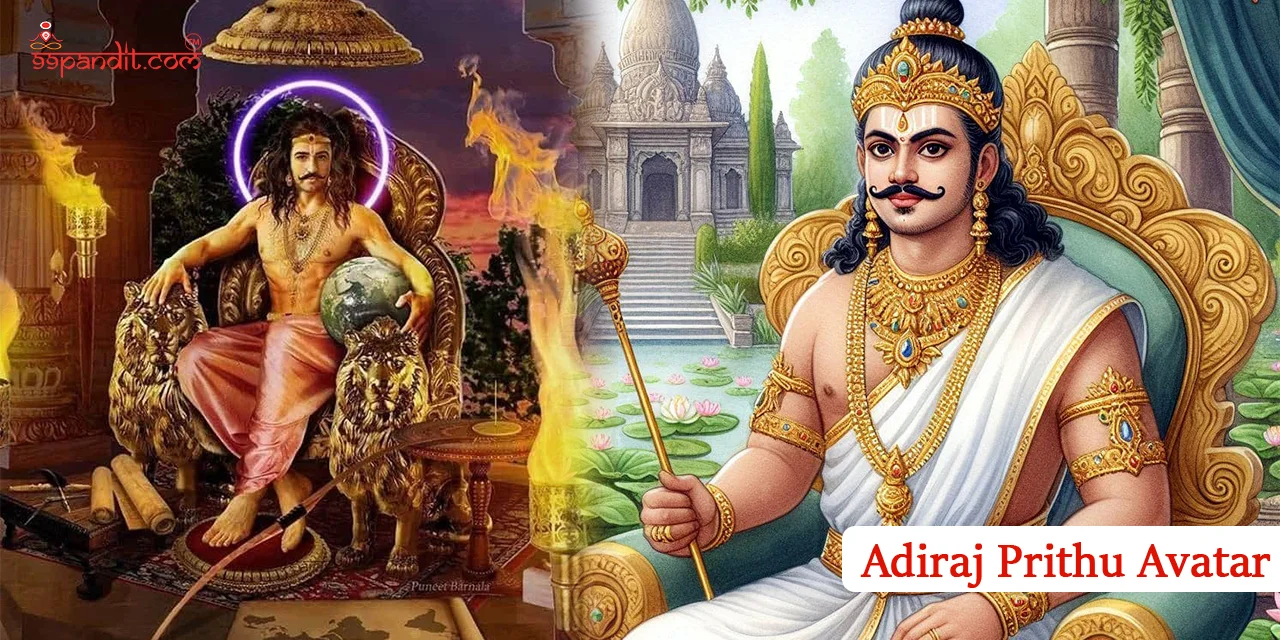
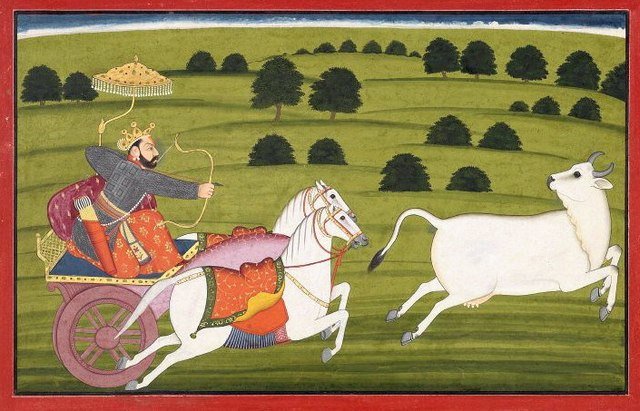
History and Origin of Prithu Avatar

The Prithu Avatar is described in the Vishnu Purana, Bhagavata Purana, and Mahabharata. According to the myth, the Earth was once personified as a goddess, Prithvi, and she was reluctant to provide the resources required to nourish humanity. In some versions of the story, Prithvi (the Earth) was hiding herself from the people, who were suffering due to a lack of crops and nourishment.
To solve this issue, Lord Vishnu incarnated as Prithu, a righteous king who was a direct descendant of the legendary Manu. Prithu is depicted as a king who was not only powerful but also deeply devoted to ensuring the prosperity of the world and its people.
Vishnu took the form of Prithu to coax the Earth to yield its bounties, ensuring that the crops and the resources would be available for the survival of mankind. Prithu is often regarded as the first king who performed the first Yajna (sacrifice) on the Earth to ensure its fertility.
The Story of Prithu Avatar
The story of Prithu Avatar revolves around his struggle to make the Earth yield crops and its eventual submission to him. Here’s a brief overview:
Prithu as a Symbol of Righteous Kingship: The story highlights Prithu as the ideal king who governs with fairness and righteousness. He symbolizes the concept of a ruler who is responsible for the well-being of his people and the balance of nature.
The Earth’s Withholding of Resources: In ancient times, Prithvi, the Earth, stopped yielding crops, leading to a severe famine. The people, especially farmers, were struggling to feed themselves.
Prithu’s Incarnation: Lord Vishnu incarnated as Prithu, a great and righteous king. He was born as the son of King Vikukshi (a descendant of Manu). Upon his birth, it was predicted that he would be the one to solve the world’s problems and bring prosperity to the land.
The Earth Hides Herself: When Prithu asked the Earth for her help, she refused to provide crops. She was upset with the greed of humans who were abusing her resources.
Prithu’s Pursuit: Determined to ensure his people had food and resources, Prithu chased the Earth, which took the form of a cow and fled. Prithu chased the Earth and, with his divine power, forced her to agree to provide nourishment.
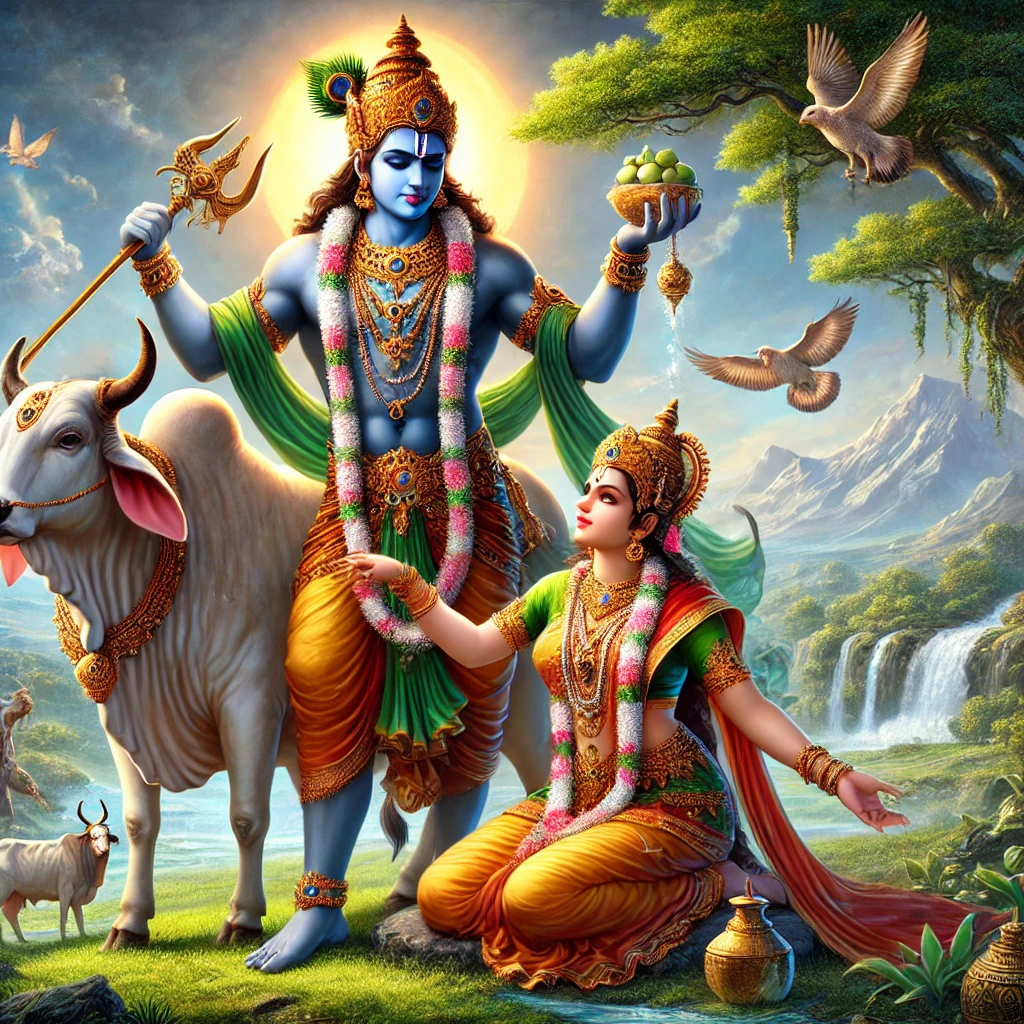
The Earth’s Agreement: The Earth, in the form of a cow, finally relented and agreed to produce crops. She promised to offer food and resources in accordance with Prithu’s wishes. In some versions of the story, Prithu even held the Earth in his hand and milked her as if she were a cow, signifying his dominion over the Earth and his authority to ensure the prosperity of his people.
The Earth’s Blessing: After the Earth agreed to yield her resources, Prithu performed the first Yajna (sacrifice) to please the gods. It was through this Yajna that the Earth became fertile again, and crops began to grow abundantly. Prithu thus ensured that the people had enough to eat and that the world was restored to harmony.
Significance of Prithu Avatar

Earth’s Stewardship: The Prithu Avatar symbolizes the role of a ruler or leader in ensuring the prosperity of the land and the well-being of its people. Prithu is often seen as the ideal king who governs for the welfare of all and maintains the balance of nature.
Agriculture and Fertility: Prithu is associated with agriculture and the growth of crops. His actions are symbolic of humanity’s responsibility toward cultivating and respecting the Earth’s resources, ensuring they are used for the greater good.
The First Yajna: The avatar is also significant for its connection with the first Yajna (ritual sacrifice), which is performed to establish balance between the Earth and the divine forces. The Yajna performed by Prithu helped restore prosperity, and it symbolizes the importance of spiritual and material balance.
Divine Kingship: Prithu represents the divine king, who rules with a sense of responsibility and fairness. He is a protector of the land, and his kingship is associated with the order and justice of the divine law.

